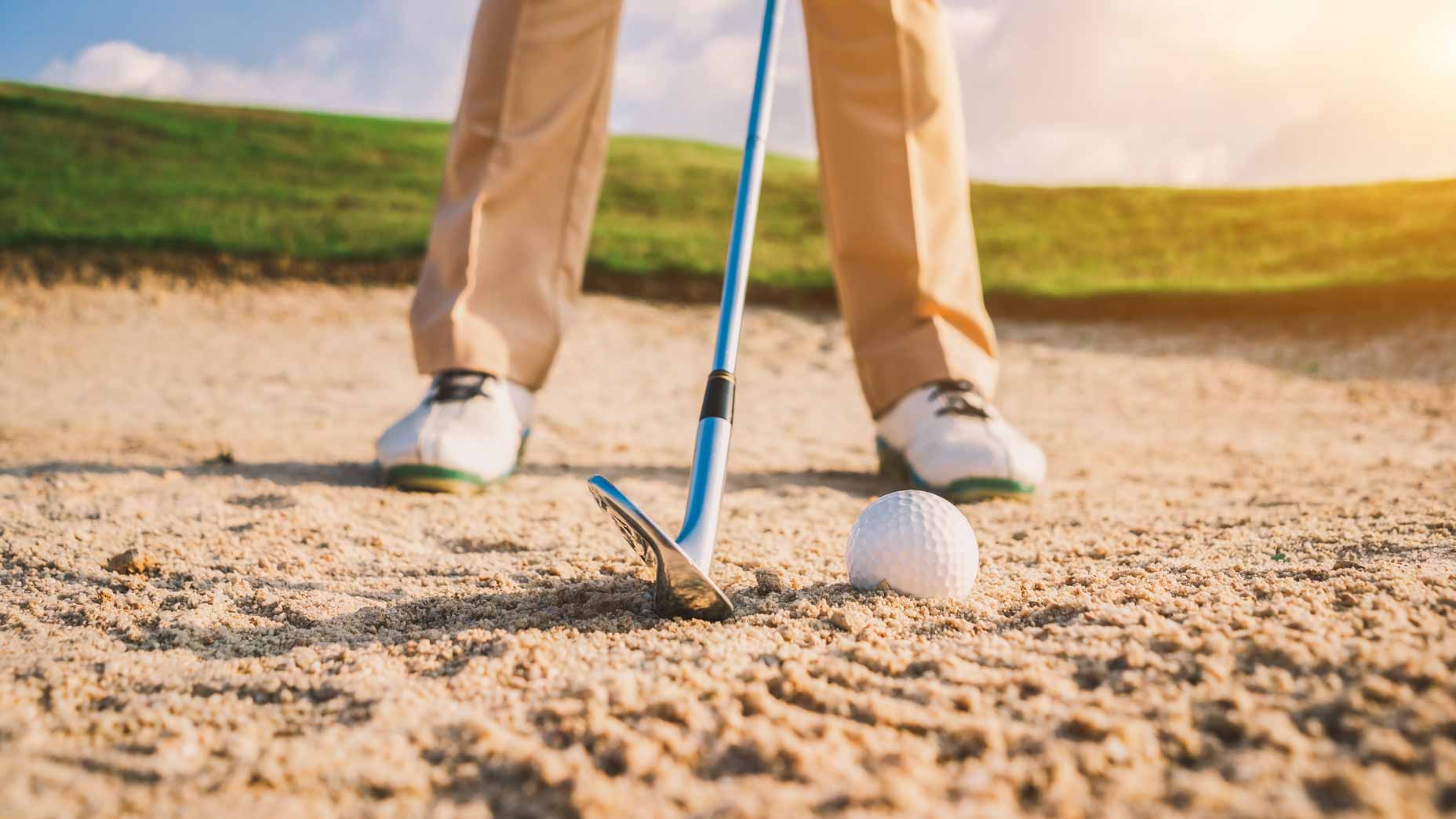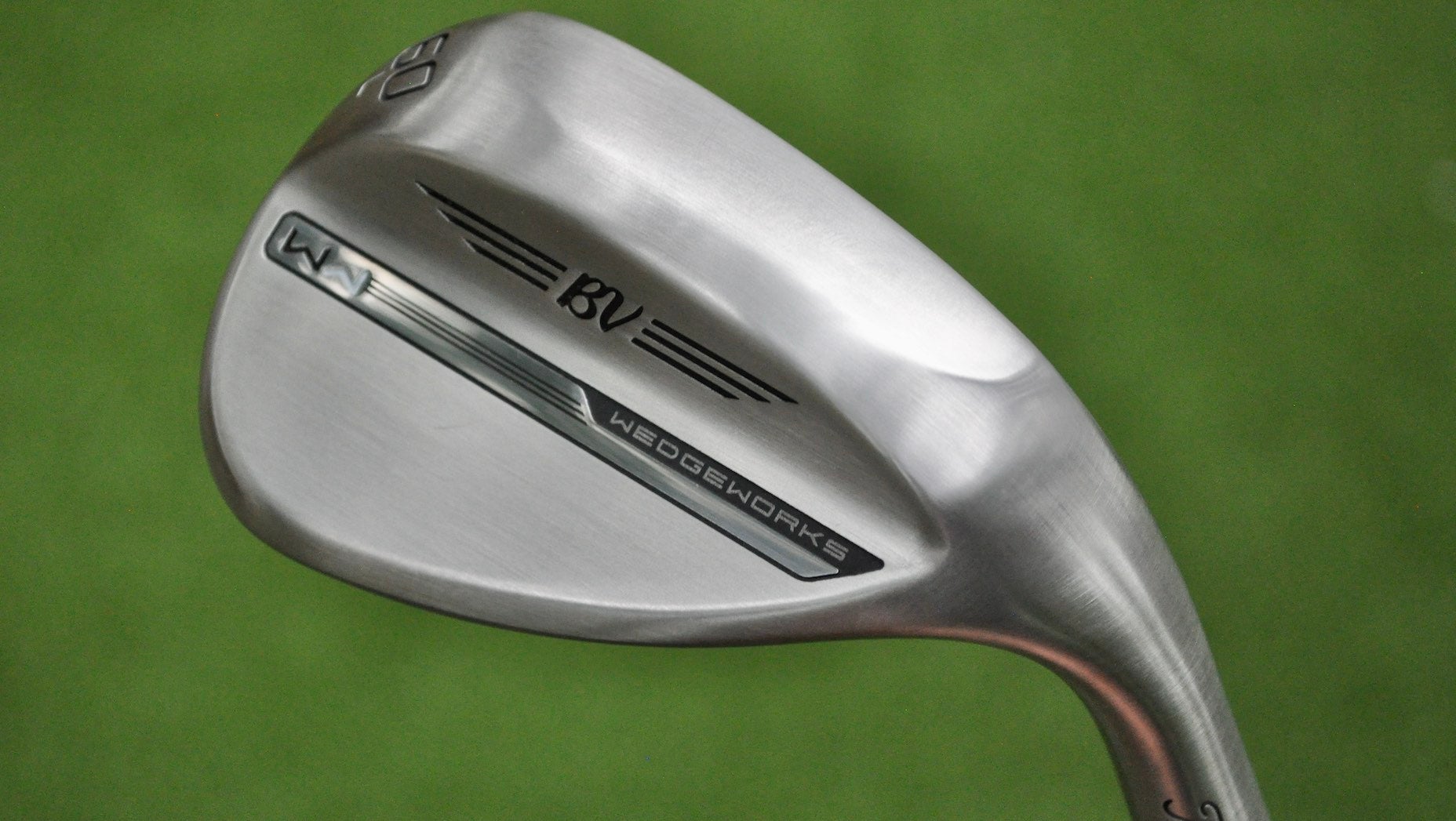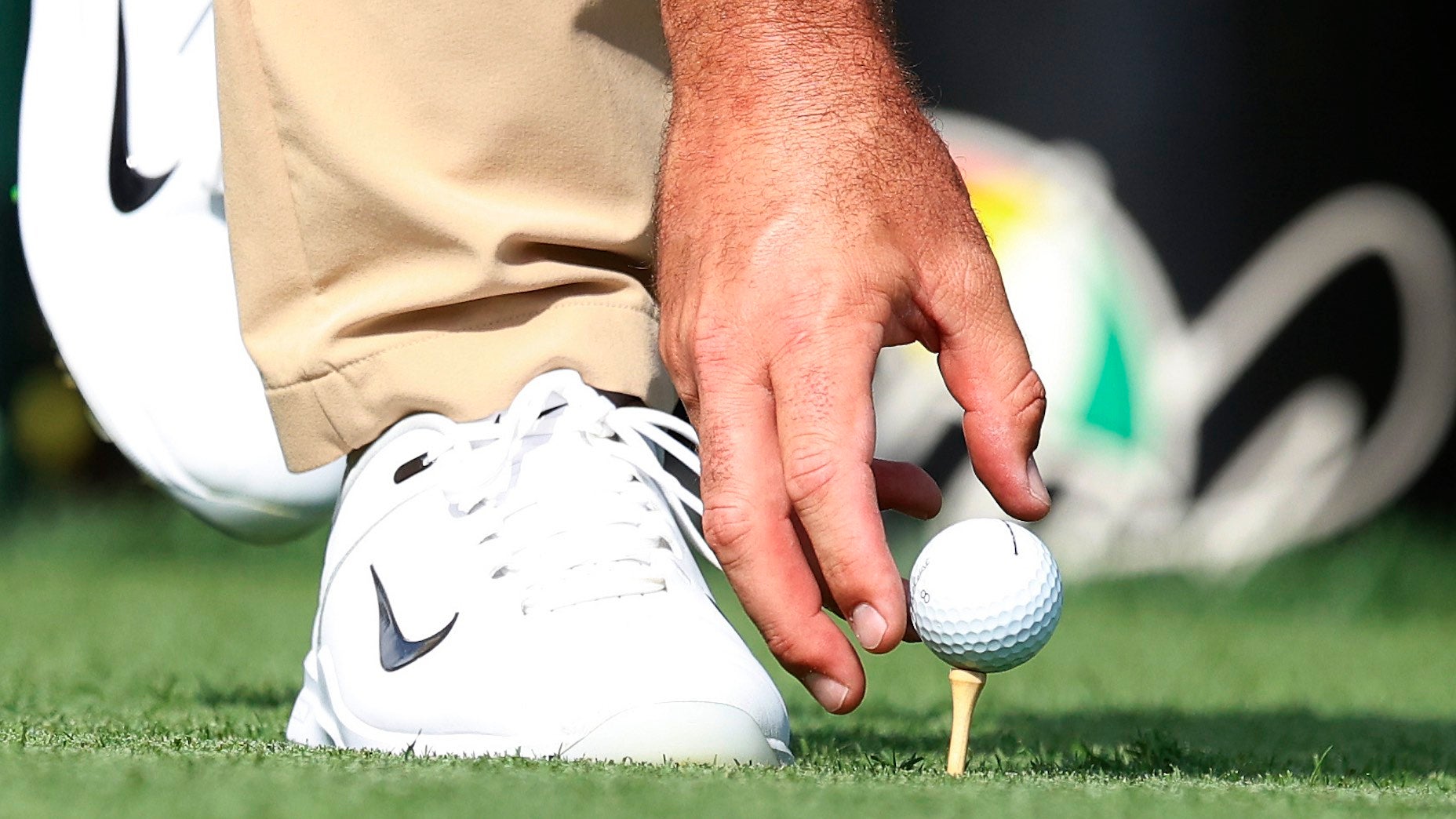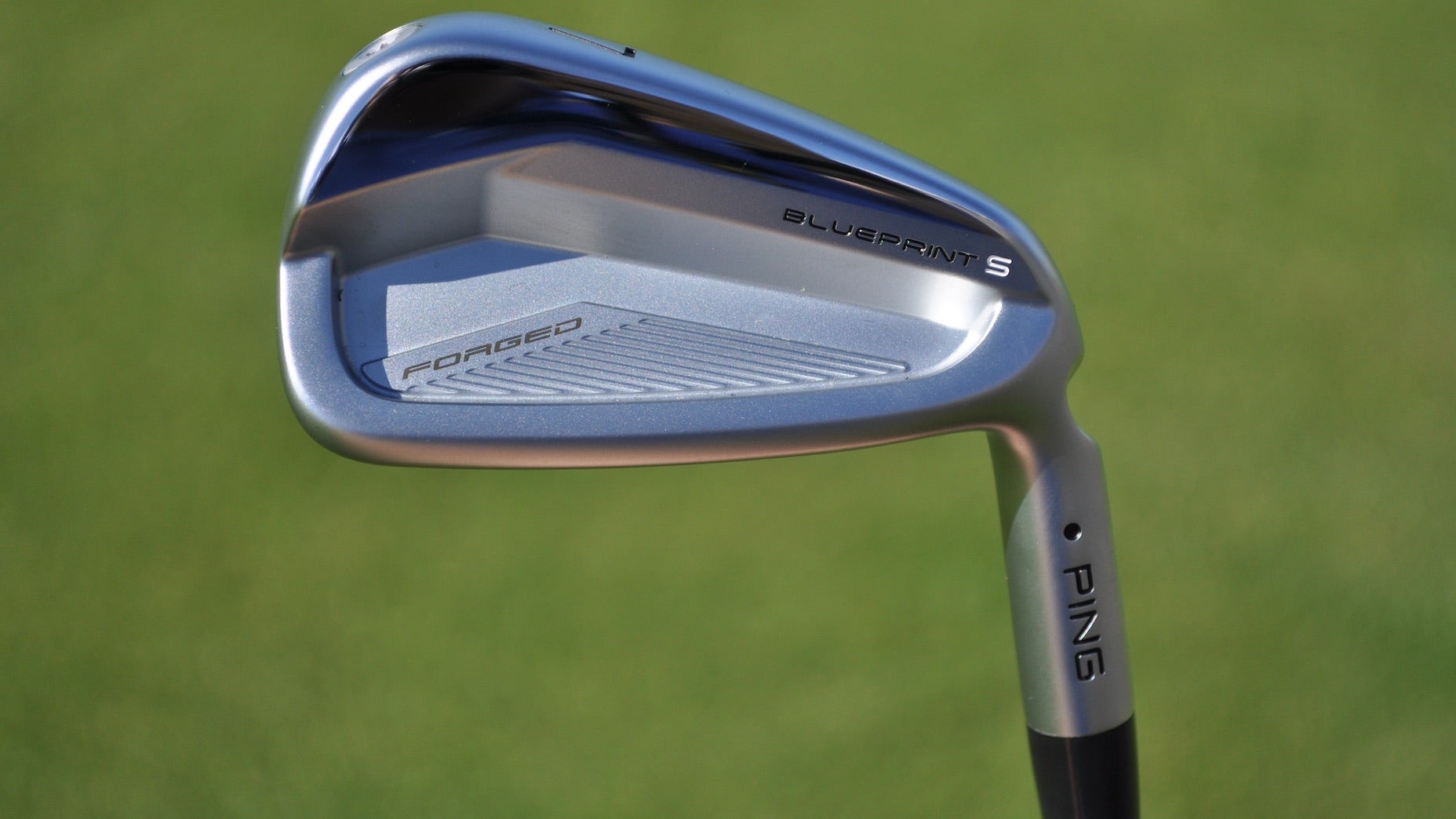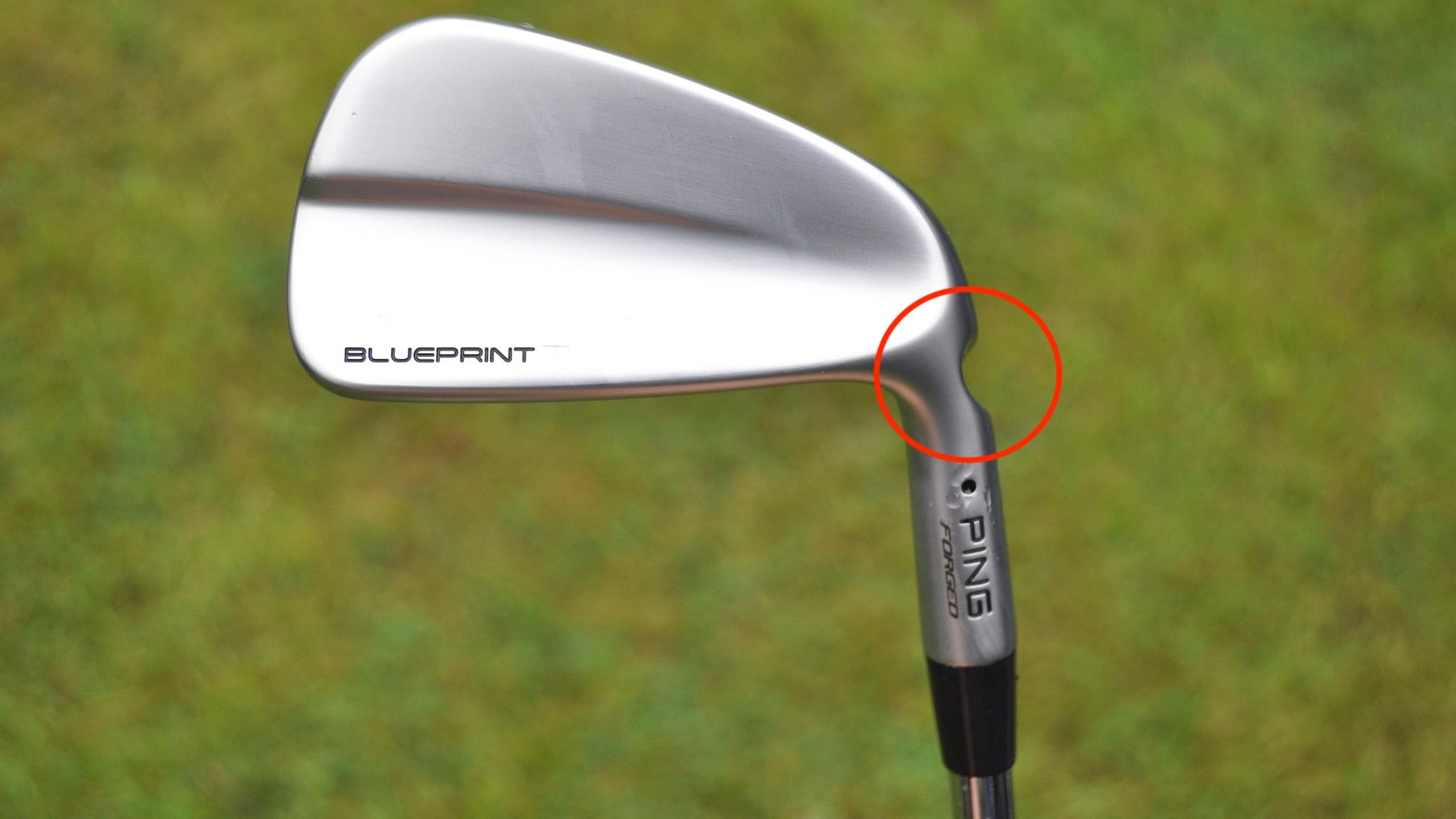Welcome to another edition of the Fully Equipped mailbag sponsored by Cleveland/Srixon Golf, an interactive GOLF.com series in which our resident dimplehead (a.k.a., GOLF’s managing editor of equipment, Jonathan Wall) fields your hard-hitting gear questions.
Love the pod and listen every week! I recently started playing golf and was gifted a set of clubs that came with three wedges (50, 56, 60 degrees). I play with some friends who say four is the way to go. Thoughts?
If you’re just picking up the game, I’d suggest you stick with three wedges until you have a better handle on swing mechanics. When you’re just starting out, learning the fundamentals and making consistent contact is far more important than focusing on wedge grinds. That’s not to say knowing the ins and outs of your wedges isn’t important; I’d just prefer you concentrate on finding a driver that keeps it in play and some fairway woods and/or hybrids that provide forgiveness and give you a confidence boost.
While I wouldn’t adjust the number of wedges in your bag, I’d probably tweak the lofts. My hope is you received a set of super-game-improvement or game-improvement irons with a generous profile. Assuming that’s the case, you’re probably looking at a 43- or 44-degree pitching wedge, which is definitely on the stronger side. I don’t want to get too deep into loft gapping, but the general rule of thumb is you want somewhere in the neighborhood of four degrees of loft between each club.
For example, if you have a 44-degree pitching wedge, you’d want to look into adding a 48-degree wedge to keep the carry yardages consistent. Going beyond 48 or 49 degrees is going to create a gap that might make it difficult to hit certain yardages without swinging harder or taking something off. When you’re just starting out, staying within your swing speed comfort zone is even more important.
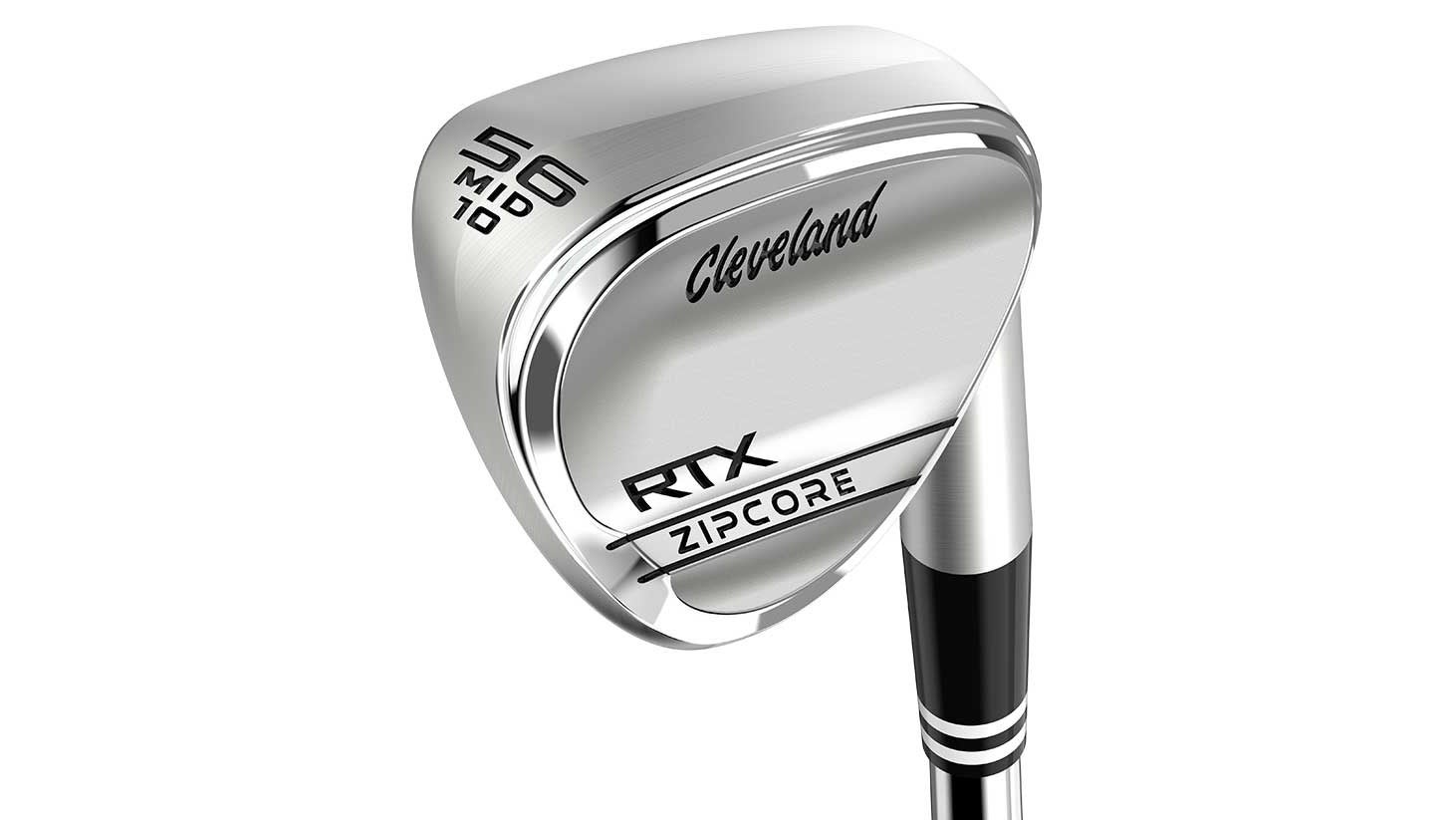
Cleveland RTX ZipCore
At 50 degrees, your gap wedge isn’t too far off from where it needs to be, so you have a few options. You can buy a new gap wedge and fix the situation with money, or you can save some cash and find a certified club-builder who can strengthen the wedge by 1 or 2 degrees. As we’ve mentioned in this space, it’s important to never strengthen or weaken a wedge by more than 2 degrees. Doing so can have a negative effect on how the sole impacts the turf.
With a 48-degree now in the bag, you run into the same problem with the 56, where the loft gap is too big. The good news is you already have a 56, so you really only need a 52 to round out the wedge set. (Hopefully, a buddy has one laying around.)
As for the 60-degree, I’d put it in a closet and not worry about it until your game improves. Focus on wedge fundamentals and learning how to perfect a pitch or bump-and-run before you start considering a flop shot. I realize this makes me Mr. Buzzkill, but the advice is going to save your shots in the long run.
Considering you received the set of sticks as a gift, only having to spring for a single 52-degree wedge — make sure it’s the same shaft and flex as your other wedges, if possible — isn’t too bad. My hope is that leaves you with a healthy budget for golf balls and other accessories you’re going to need as you get hooked on this glorious game.
Want to overhaul your bag for 2021? Find a fitting location near you at GOLF’s affiliate company True Spec Golf. For more on the latest gear news and information, check out our latest Fully Equipped podcast below.
